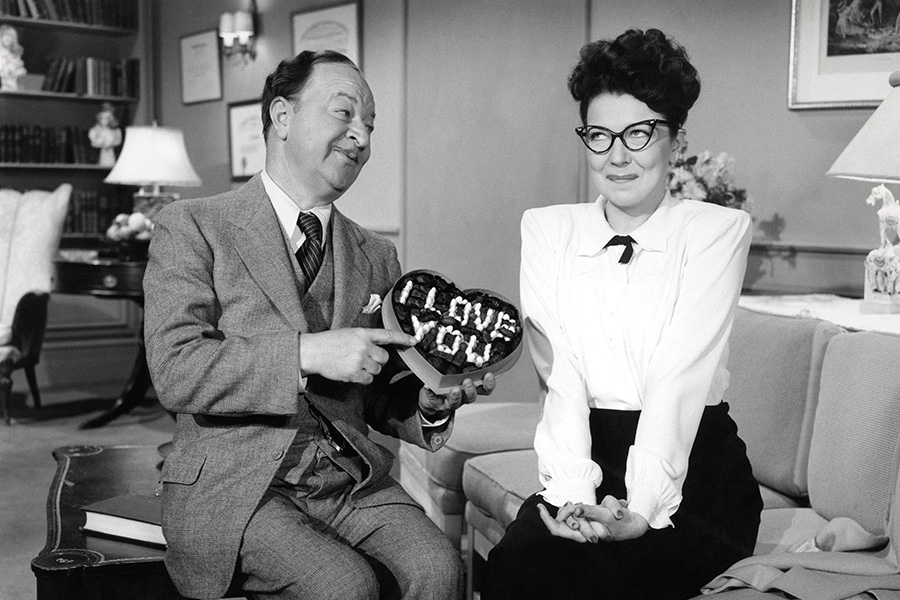Love is a sense of brotherhood. A closeness. A great affinity and affection towards another person. And although this certainly is no Shakespearean sonnet to describe love, we can all agree that love is universal. It’s the fluttering tummy, the perspiring palms, the quickened heartbeat. It’s the excitement and anticipation of seeing your lover once again.
The impatience of waiting for them to arrive. With so many ways to describe love, one thing has become certain. Chocolate is a symbol of love. And although we may not pay it much heed, it’s a good idea to go back in time and see why this is the case. So, without further ado, here are a couple of reasons why chocolate is associated with love.
Why is chocolate associated with love?
Our tale today unfolds by going back a couple of thousand years to the Aztecs. This ancient civilization, led by Montezuma II, consumed chocolate as an elixir that was also thought to be an aphrodisiac. Although this may not be the case in actual fact, it is the starting point for connecting chocolate with romance and love.
But what about the origins of Valentine’s Day as the day attributed to lovers?
Well, some say that its origins go back to the Roman festival of Lupercalia. A festival dedicated to fertility, it was followed a couple of centuries later to 496 AD, when Pope Gelasius I commemorated a martyred saint.
Wondering what his name was? Valentine, of course!
Moving forward again to the 3rd century, Roman emperor Claudius II (both of whom were called Valentine incidentally) on February 14. Although this happened several years apart, the tradition remained.
So, we now have chocolate as an aphrodisiac and the creation of Valentine’s Day. But what brought the two together? Let’s get a bit deeper into it.
What is the connection between chocolate and love?
To get to the answer, we need to backtrack a bit back to the Aztecs.
The Aztecs
With Montezuma II known for consuming up to 50 cups of chocolate, it was chronicled in several historical books that this fertility drink quickly spread to Europe.
Nobility in Spain, Italy, France, and England, among others, would spend significant amounts of money on purchasing chocolate and chocolate drinks.
Even Italy’s Giacomo Casanova called chocolate the “elixir of love”. As the love for chocolate spread, so did its reputation as a sexual stimulant.
The 1300s
Author Geoffrey Chaucer first linked Valentine’s Day with that of people in love. How did he do this? Through a 1382 poem called the Parliament of Fowls, where he specifically mentions “Seynt Valentynes day”.
This was quickly followed by numerous poets – amateurs and professionals – who took their quills and followed the tradition of putting their love in words.
The 1600s
Let’s rush to 1662. This is when physician Henry Stubbe wrote The Natural History of Chocolate and specifically linked it to sexual matters. This doctor advocated the chocolate drink and of course, as an aide to Charles II – prepared it for him to satisfy his love urges.
The 1800s
Now we come to the 19th century or the 1800s. In Britain (and later in the US), February 14 started gaining traction and popularity among ordinary people too. They would exchange cards that were decorated with lace, ribbons, and of course, Cupids!
It was in 1837 during the reign of Queen Victoria that Valentine’s Day really started to take off. And the reasons behind this? Well, cheaper penny post and mass-produced cards. Of course, along with this, chocolate started to become more affordable to a greater number of people and it was becoming more and more popular.
How did chocolate become associated with Valentine’s Day?
It is believed that British chocolatier J.S. Fry & Sons produced the first modern chocolate bar in 1847. That means that this was the first edible chocolate as opposed to a chocolate drink. Fast-forward a few years and we have the first filled chocolates with flavored centers.
Sometime after, Richard Cadbury created the first heart-shaped box of chocolates or “Fancy Boxes” of chocolate in 1861.
But just seven years later, his son John Cadbury created the heart-shaped chocolate box in 1868 specifically for this romantic holiday. And this, folks, is how we get the answer and the connection between love, Valentine’s Day, and chocolate.
So, where do things stand today?
Here are a few interesting facts about Valentine’s day in the US:
- The Valentine’s day sales season of 2022 resulted in total sweets record sales of $4.1 billion;
- In 2023, 92% of Americans plan to celebrate Valentine’s day with chocolate and other sorts of candy;
- 93% of people want a gift of chocolate or candy on Valentine’s day.
This just goes to show that chocolate and its connection to love continue strong in our contemporary times. And this is proven by the fact that Valentine’s Day’s popularity is spreading to many parts around the world including North, South, and Central America, Asia, Europe, the Middle East, Australia, and Africa.
Concluding thoughts
Having come to the bottom of things, we now know where chocolate and love’s origins come from. These insights may be worth sharing with a friend or loved one. But more importantly, why not share chocolate gifts with them instead?
Surprise your loved ones with a 1 lb grand chocolate bar or themed chocolate ensembles for their sheer enjoyment and pleasure.
What’s more, engraving your present with a personalized message means your gift will be thoughtful and dear to your loved one.
Our giant chocolate bars come in multiple flavors, including dark chocolate and milk chocolate, and they are always a treat and a delight.
Don’t hesitate to browse our selection of chocolates and pick the best option to appeal to your lover’s taste buds and give them a great pick-me-up while you’re at it. Because we all know that chocolate makes us happier!

